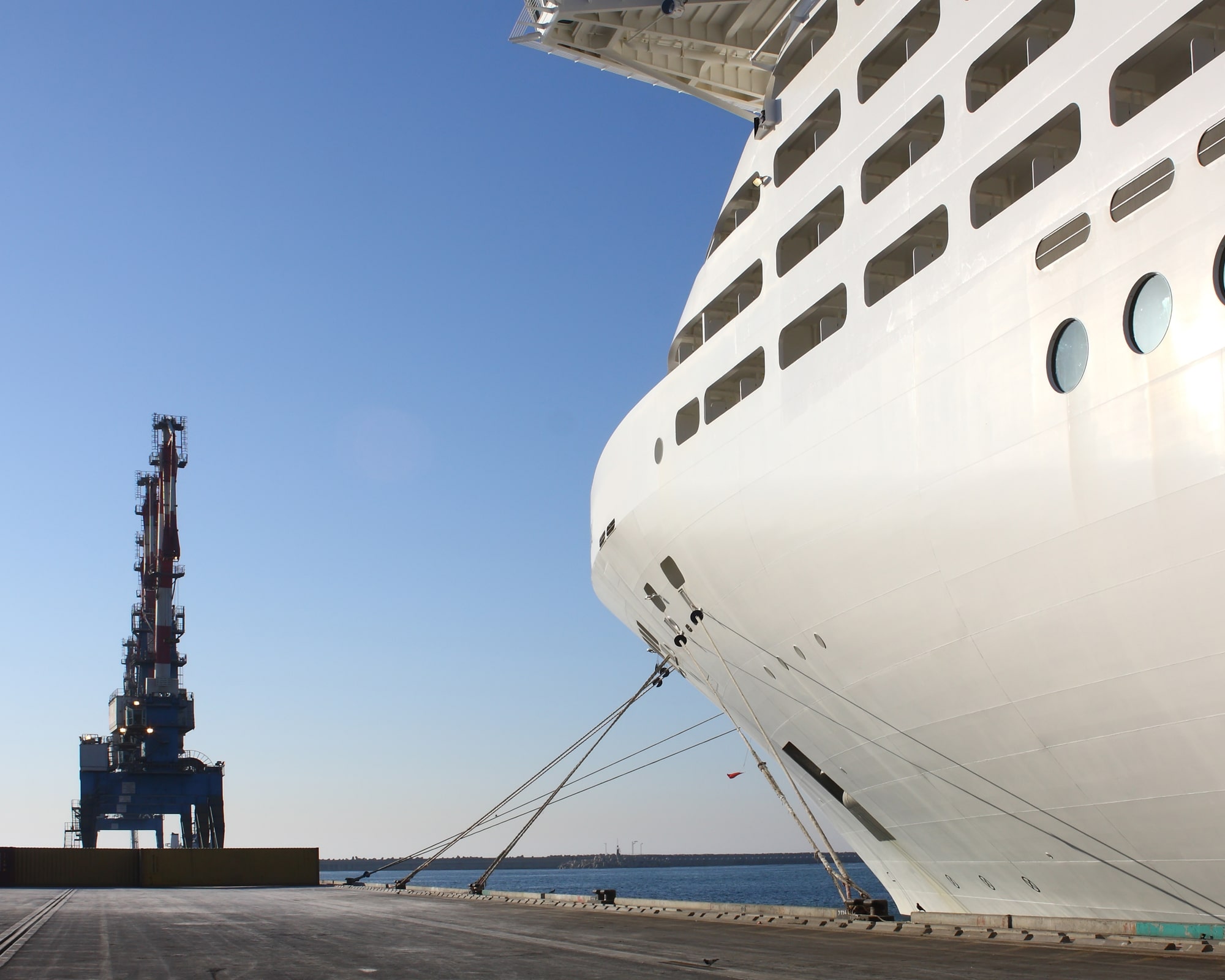


Lead ballast are utilized in various systems, with common applications including elevators, cranes, bridges, and amusement park rides. An iconic example showcasing the use of ballast for stability is the Leaning Tower of Pisa, which is no longer gradually tilting towards the ground! Typically, lead ballast are designed to ensure that their weight multiplied by the distance from the central support equals the load times its distance from the central support. In certain systems, meeting this requirement may necessitate tight tolerances for the machined lead ballast. Nuclead boasts extensive experience in providing ballast, including numerous repeat orders for custom-machined and power-coated lead ballast for a Fortune 500 defense contractor.
Lead ballast, a critical material known for its dense and malleable nature, serves as a cornerstone in numerous industries due to its diverse applications and substantial benefits. Delving into its significance reveals a multitude of advantages that underscore its pivotal role across various sectors. Let's delve into ten key advantages that illustrate the crucial importance of lead ballast in a wide array of applications and industries. Here are ten advantages that highlight the significance of lead ballast in various fields:
Many elevators use ballast to balance the load of the elevator car and some portion of the rated capacity (typically 50%). This means that the elevator motor needs to lift only a fraction of the full load, thereby increasing ascending acceleration force and decreasing the descending force. Similar to the elevator car, the lead ballast run on tracks to smooth out the ride for the passengers.
A crane operates as a mechanism to balance the load to be moved with a lead counterweight, ensuring stability and efficiency in lifting operations. Typically, the counterweight, positioned close to the tipping point, exceeds the weight of the load to be lifted. In some crane designs, hydraulic mechanisms are incorporated to adjust the position of the counterweight, optimizing load capacity and enhancing operational flexibility.
Moveable bridges play a critical role in transportation infrastructure, providing essential crossings over waterways for vehicles, pedestrians, and cargo. Among the various types of moveable bridges, the vertical-lift bridge stands out for its unique mechanism. In a vertical-lift bridge, a segment of the bridge's span is raised vertically, maintaining a parallel position to the ground below. This lifting action allows ships to pass underneath without obstruction.

In conclusion, lead ballast stands as a versatile and indispensable material, offering a multitude of advantages across a wide range of industries and applications. Its unique properties make it a preferred choice for engineers and designers seeking reliable, efficient, and cost-effective solutions for weight management and stability requirements.